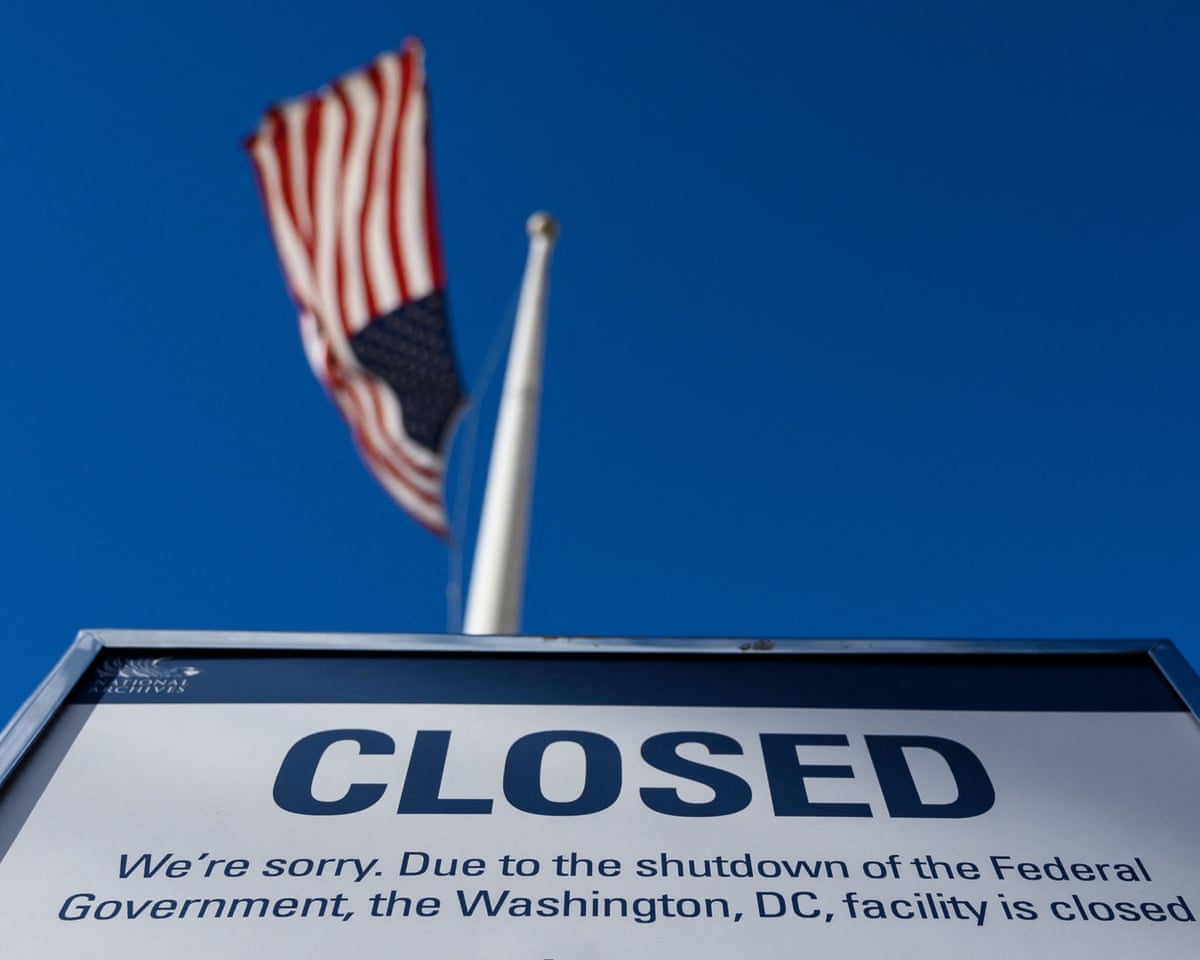
U.S. Military Kills Four More in Strike on Alleged Drug-Smuggling Vessel
By The Vagabond News Editor – Sudhir Choudhary
What happened
On October 29, 2025, the United States Department of Defense announced that the U.S. military carried out a lethal strike against a vessel in the Eastern Pacific Ocean, killing four men whom it said were engaged in illicit narcotics smuggling. (Reuters)
According to Pete Hegseth, U.S. Secretary of Defense, the targeted craft was “known by our intelligence to be involved in illicit narcotics smuggling, was transiting along a known narco-trafficking route, and carrying narcotics.” (Reuters)
A short unclassified video released shows the vessel engulfed in flames following the strike. (AP News)
Context of the campaign
This strike is part of a broader, rapidly-escalating campaign initiated by the U.S. earlier this year, which involves air and naval operations targeting small vessels alleged to be traffickers along routes in the Caribbean Sea and the Eastern Pacific. (ABC News)
Since early September 2025, at least 13 strikes have been announced—with the death toll now estimated at over 60. (AP News) The October 29 attack adds to a cumulative total of alleged “narco-trafficking vessel” strikes. (Al Jazeera)
Legal, strategic and political questions
Legality and authority
The administration has asserted the legal foundation for these strikes under the notion of an “armed conflict” with drug-trafficking organizations. However, critics—including members of Congress and international law experts—say the strikes may amount to extrajudicial killings, since the targets are alleged criminals rather than combatants in a declared war. (Reuters)
A letter from the U.S. Senate Judiciary Committee Democrats asked the United States Department of Justice to produce all legal opinions that justify the operations. They wrote: “Summarily killing criminal suspects is prohibited under domestic and international law in both peacetime and wartime.” (Reuters)
Effectiveness and motive
The Trump administration contends that the strikes are necessary to stem the flow of illicit narcotics—especially fentanyl and cocaine—into the United States. (The Washington Post)
Yet, observers point out that the U.S. has not publicly verified key details: identity of the persons killed, actual narcotics on board, or the origin and destination of the vessel. (AP News)
Some analysts suggest the campaign may serve broader geopolitical objectives—particularly in relation to Nicolás Maduro’s Venezuela, which the U.S. has frequently accused of facilitating narcotics routes. (The Washington Post)
Regional and diplomatic implications
The strikes in international waters raise sovereignty concerns for Colombia, Mexico and other Latin American nations. Mexican officials, for example, were involved in at least one search-and-rescue follow-up after a prior strike. (Al Jazeera)
The escalation also puts pressure on traditional drug-interdiction mechanisms—historically handled by the United States Coast Guard and prosecutorial frameworks—rather than overt military use. (Reuters)
What to watch next
- Whether the U.S. releases further evidence verifying that the vessel was indeed engaged in trafficking narcotics and that the individuals killed were part of an organised criminal group.
- Congressional oversight and potential hearings into the campaign’s legality and scope.
- Reaction from regional governments in Latin America, especially those whose waters or nationals might be implicated.
- Any indication of the campaign expanding from maritime strikes into land operations in the region.









